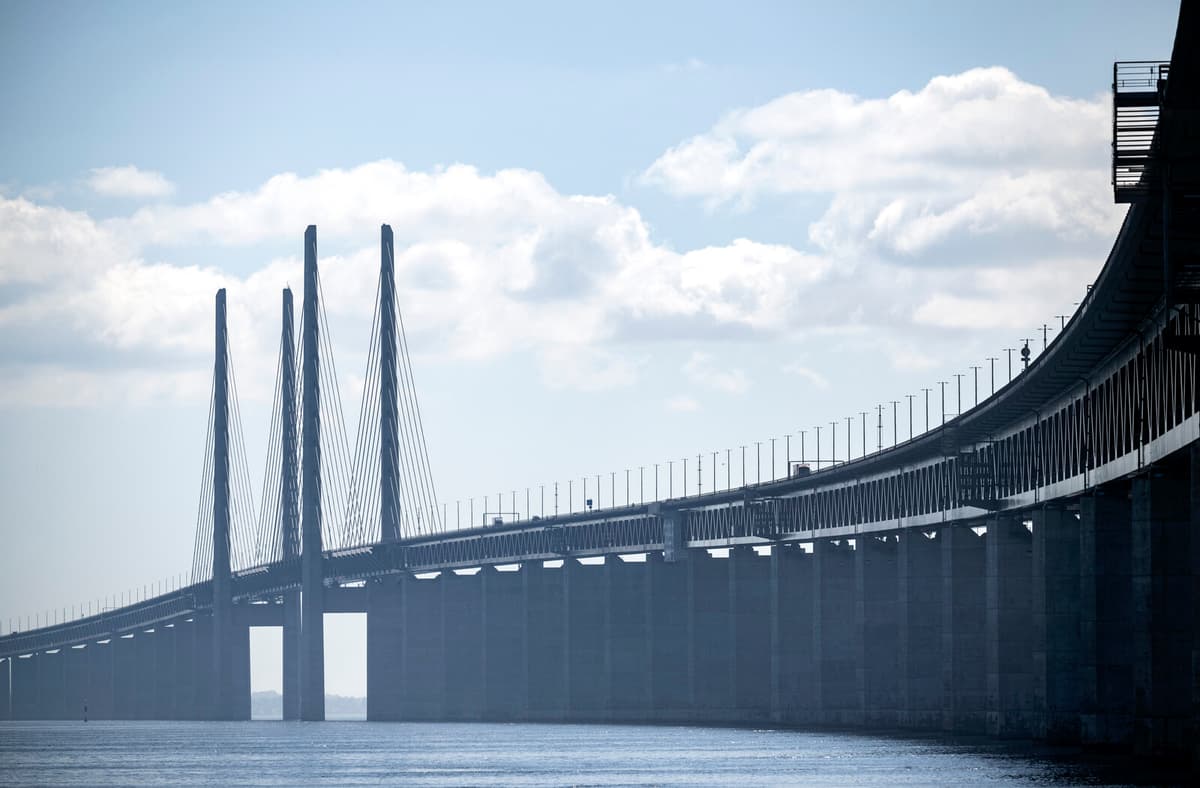Large infrastructure projects are usually paid for with government grants. But in the infrastructure proposal, the government writes that "alternative financing forms for transport infrastructure should be tested".
This can involve road tolls, congestion taxes, and when it comes to railways, track fees, but also co-financing from regions, municipalities, companies, or contributions from the EU and NATO.
When it comes to fees that, for example, car drivers have to pay, there are already congestion taxes in Stockholm and Gothenburg, bridge tolls over Lake Motala on the national road 50, over the Sundsvall Fjord on the E4, over the Skurusund Strait on road 222, and over the Öresund Bridge.
Track fees are charged on railways.
Paying for the Malmbanan
The idea is that certain important transport projects, such as an eastern link around Stockholm, can be implemented faster if other co-financiers participate in the projects.
"During the coming planning period, tests should be conducted with investment objects that are projected and built by another actor than the Swedish Transport Administration", it states in the proposal.
The government is also opening up for co-financing of the Malmbanan in Norrbotten. In the proposal, it states that the conditions for an expansion of the Malmbanan with participation from private actors should be tested.
The Öresund Bridge is expected to be paid off with, among other things, bridge tolls by 2029. The government wants to look into whether future revenues from the bridge should go towards investments in infrastructure in the Öresund region.
Other fees
TT: Shouldn't the people of Skåne be exempt from the fee after 2029?
What we're looking at now is what they already do in Denmark, where they use fees from bridges, for example, to finance other infrastructure, says Carlson.
TT: Are you opening up for other traffic fees, motorway tolls, for example?
It's part of the broader approach to financing forms. Exactly what we'll end up with there, we'll have to get back to, but we're pointing to the Eastern Link, for example, here in Stockholm, where tunnel fees could be a way to finance that infrastructure, says Carlson.
There may be other examples of such solutions that make it possible to get infrastructure in place faster.





